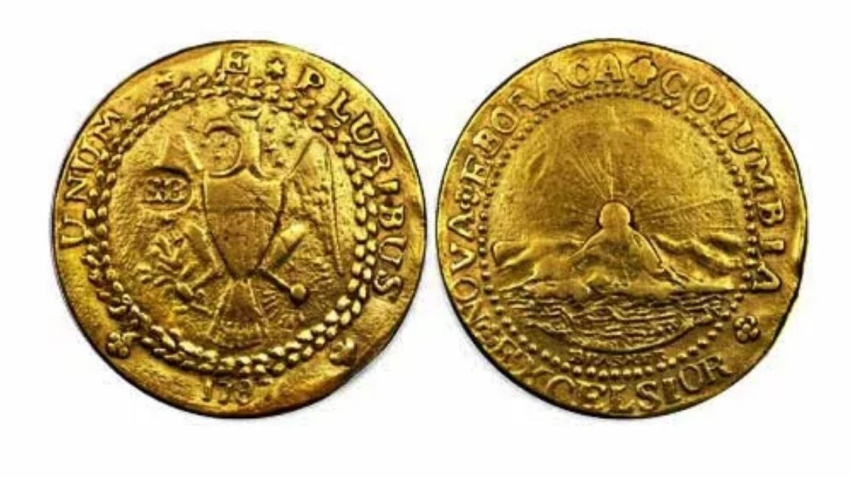
The Most Expensive US Coins in History – Top 5
1794 Flowing Hair Silver Dollar
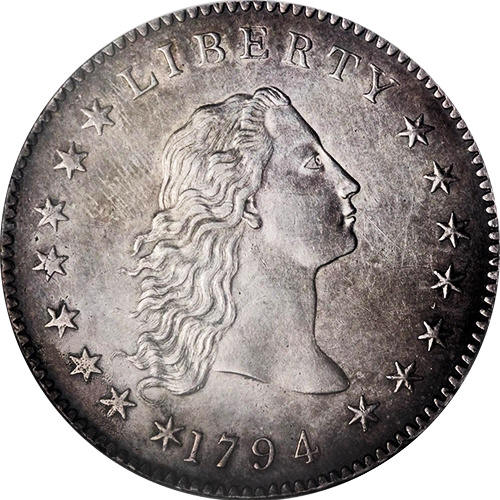
The special value of this coin is that it is the very first American dollar. One of the copies in excellent condition was sold for 7 million 850 thousand. Such coins were minted for only one year, in Philadelphia. And two hundred coins were immediately converted back into silver, because their quality was disgusting. The remaining copies were presented to high-ranking officials.
There are no more than 200 of them left. This is the fruit of the work of the engraver Robert Scott. In the design, he used the symbol of a lady whose hair is loose, not styled. In the society of those times, believing in strict conventions, this image became a real provocation and the personification of freedom.
The Liberty inscription also testifies to this. On either side of it, you can see 15 stars – these are the 15 states that were part of the country at that time. Then new states began to be added and the number of stars also grew. Their number can be used to track how rare a particular copy is. The remaining copies were issued until the stamps were completely worn out.
20 Dollars 1933 – Saint-Gaudens Double Eagle
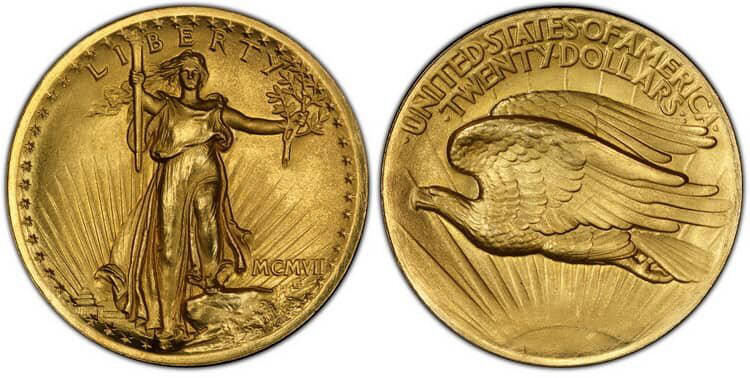
At first, hardly anyone could have guessed that this specimen would become the second most expensive collector’s coin, the price of which would rise to 7.5 million dollars. After all, it was difficult to call it rare – there were 445.5 thousand specimens in the initial mintage. However, they never entered circulation. After all, the issue coincided with the beginning of the Great Depression. A decision was made to melt down the specimens again, and only a part of them were miraculously saved.
There are currently only 13 such coins, 12 of which are in the hands of the state. Only one is in a private collection. Therefore, it is impossible to buy one at auction. And this makes the product even more interesting for potential buyers.
It is not surprising that such coins are of great interest to investors. There is no guess as to how much the coin from Weizmann’s private collection is worth now and what its value will be when they decide to sell it. Probably, we will talk about a new record.
Silver Dollar 1834
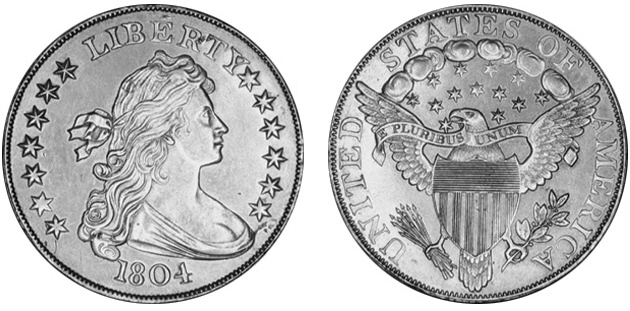
It was this banknote that once held the title of the most expensive in the world – in 2001 it was sold for 4 million.
The US coin sets issued in 1834 were intended as gifts to the rulers of Asian countries. But in the end, only silver dollars were minted in the amount of eight pieces and in PROOF quality. Moreover, the date on the coin is incorrect – 1804.
The specimen that was eventually sold at auction belonged to the Siamese king. He was an avid numismatist and had a particular taste for rare banknotes. During his life, the august person never parted with the dollar. Then it was inherited by the royal children, who carefully preserved the memory of their father and rejected any offers to sell it. And only after a few years, the coin appeared at auction. There it immediately became an object of special interest for collectors.
5 cents 1913
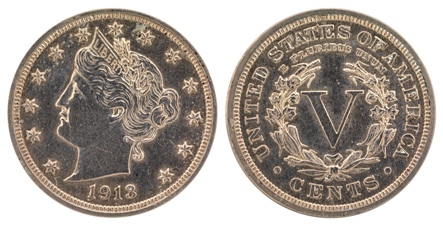
Gold, silver, exclusive metals – this is what we usually see in the list of the most expensive coins. It seems that copper-nickel alloy has no place here. But 5 cents were on this list for a reason, and the reason for that is an interesting story.
The standard five-cent coin was decorated with a drawing of a woman’s head, which became a symbol of freedom – this has been the case since 1883. However, in 1913, the design changed and the coin was decorated with symbols of the United States – an Indian with a bison. However, the old design was also released in 1913, without the sanctions of the American mint, it is not known how. There are different versions of what happened. Some researchers think that it was a mistake, a simple accident. Other numismatists believe that it was a rebellion and an attempt to resist the changes. Only five copies were released – this is an incredible rarity. And a special story adds to their appeal among collectors.
But be that as it may, seven years later the existence of such coins became known, after which they became the subject of a real hunt. Their further history is also very interesting. In the forties of the twentieth century, all five copies were bought by one person, who paid 3750 dollars. At that time, this money was a fortune.
When the collector died, the coins were inherited by his sister, who sent them for examination and received an erroneous conclusion, in which they were valued very low. Because of this, the woman quickly forgot about the inheritance. But her children, who later became their owners, went to the World’s Money Fair and took the nickels with them.
There the coins were seen by true connoisseurs, one of whom did not hesitate to pay a million dollars for them. They became a subject of bargaining again in 2005, and at that time their value was not in doubt. That is why they went for 4.15 million. Now it is impossible to say exactly how much they will cost in our time. But there is no point in arguing about their uniqueness.
Brasher’s Gold Doubloon
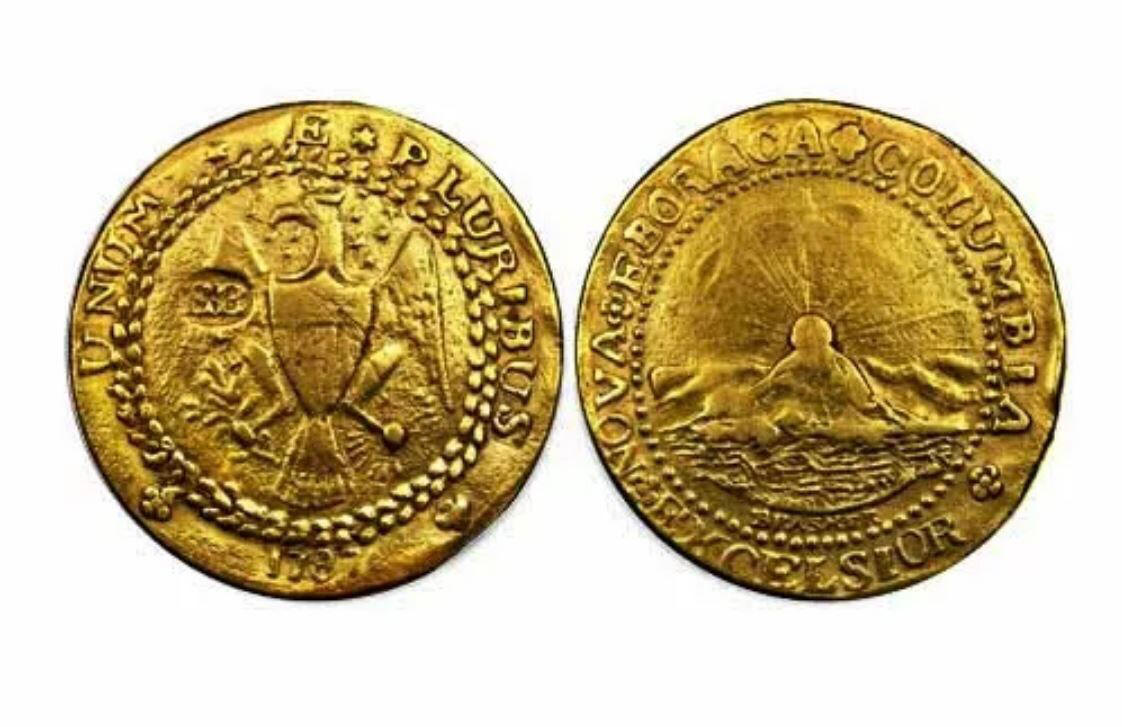
This coin is one of the most remarkable. First of all, it sparked interest in Spanish doubloons, which brought significant changes to numismatics. And even in literary works, you can find references to them – just remember “Treasure Island”. And it was also the first gold specimen privately issued for the United States.
There are only two versions of this coin. Their main difference is the location of the initials “EB”. If the letters are on the chest, then we have a unique specimen, the only one. Its price is 7.4 million dollars.
The personality of Ephraim Brasher himself is curious. He was a famous talented jeweler who lived in New York. He fought for American independence and was rumored to have been personally acquainted with Washington. Perhaps this was true – they lived nearby.
Ephraim was often called upon to confirm the purity and standard weight of foreign gold banknotes. Since the young state did not have its own currency at the time, foreign ones were used. On those copies that Brasher checked, he put his initials, which became a kind of quality mark. Brasher also began issuing his own coins, but privately, since the mint did not yet exist.
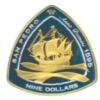





Leave a Reply